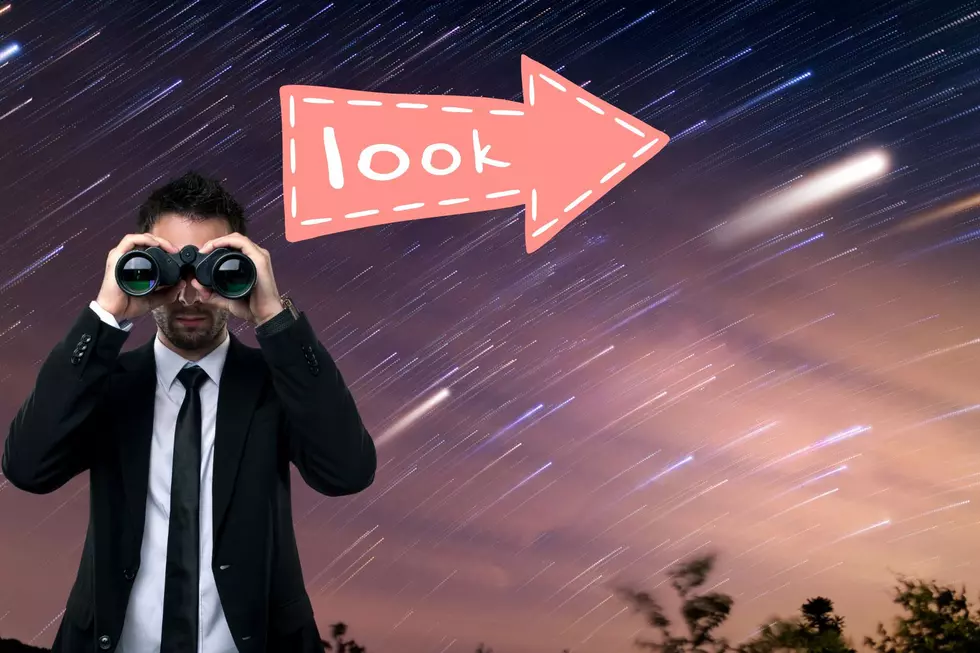
Western New York Under Flood Warning For Today
A major warm-up in temperatures along with rain showers could cause possible flooding across Western New York over the next couple of days.
A major blast of warm air will make its way through Western New York today and tomorrow causing the high temperature to rise nearly 10-15 degrees higher than the average. This blast of warm air will also bring with it some rain showers and that could spell trouble for flood-prone areas in the area.

The National Weather Service in Buffalo has issued a Flood Warning for pretty much all of Western New York. The Flood Warning will be in effect starting today and last until Friday morning at 1 am. The warning is in effect for Niagara, Orleans, Monroe, Erie, Genesee, Wyoming, Livingston, Chautauqua, Cattaraugus, and Allegany
Over the next 48 to 72 hours we could see excessive runoff may result in flooding of rivers, creeks, streams, and other low-lying and flood-prone locations.
Ice jams will cause flooding today into tonight. Ice jams typically develop on portions of Cayuga Creek, Buffalo Creek, Cazenovia Creek, and the Buffalo River. Depending on ice behavior, any release of the ice jams could result in sudden rises of water, leading to a rapid flooding situation
Flooding may also occur in poor drainage and urban areas.
On top of possible flooding in the area, most of Western New York will also be under a winter weather advisory today starting at 7 pm. Western New York will experience mixed precipitation and snow. Total snow accumulations of 2 to 4 inches and ice accumulations of one-tenth to two-tenths of an inch are expected starting tonight. Winds gusts as high as 35 mph are also expected tonight.
5 Very Buffalo Ways To Predict The Weather
Gallery Credit: Dave Fields
LOOK: The most expensive weather and climate disasters in recent decades
Gallery Credit: KATELYN LEBOFF
KEEP READING: Get answers to 51 of the most frequently asked weather questions...
More From The New 96.1 WTSS









